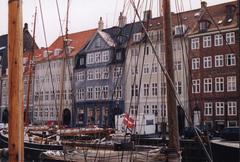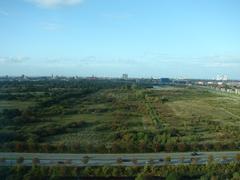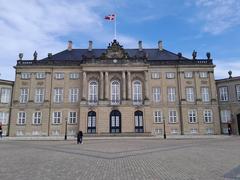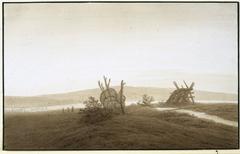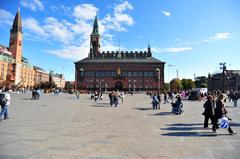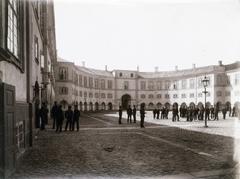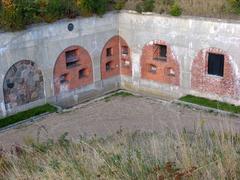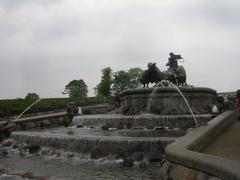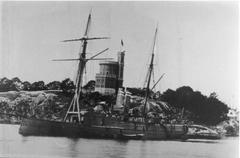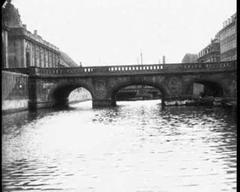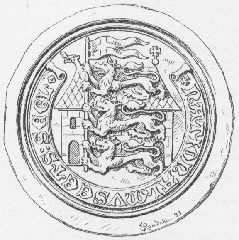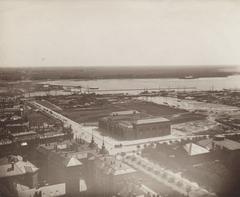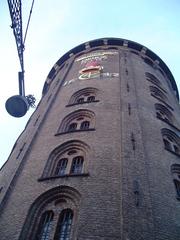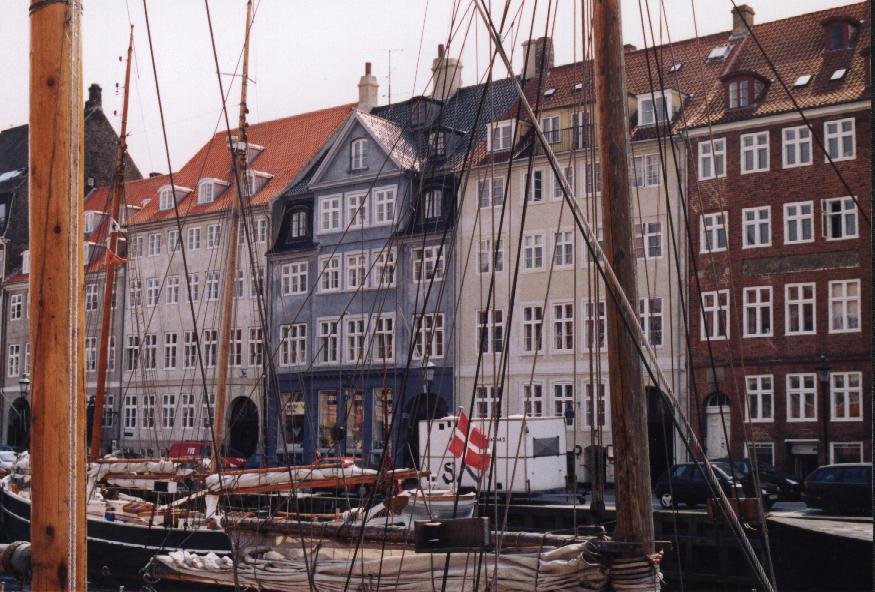
Visiting Nyhavn in Copenhagen: Hours, Tickets, and Tips
Date: 17/07/2024
Introduction
Nyhavn, translating to “New Harbor,” is a captivating 17th-century waterfront, canal, and entertainment district located in Copenhagen, Denmark. Steeped in history, this vibrant area has evolved from a bustling commercial port into one of the city’s most popular tourist destinations. Nyhavn’s colorful townhouses, historic ships, and lively atmosphere draw millions of visitors each year, eager to experience its unique blend of old-world charm and modern-day vibrancy. The area was initially commissioned by King Christian V in the late 17th century to serve as a gateway from the sea to the old inner city at Kongens Nytorv. The canal, which was dug by Swedish prisoners of war, was completed in 1673 (Copenhagen History).
Table of Contents
- Introduction
- History and Significance of Nyhavn
- Visitor Information
- Special Events and Guided Tours
- Conclusion
- FAQ
History and Significance of Nyhavn
Origins and Early History
Nyhavn was commissioned by King Christian V to serve as a gateway from the sea to the old inner city at Kongens Nytorv (King’s New Square). The construction began in 1670 and was completed in 1673, with the canal being dug by Swedish prisoners of war from the Dano-Swedish War (1675–1679) (Copenhagen History).
Architectural Development
The buildings lining Nyhavn are a mix of colorful townhouses dating from the 17th and early 18th centuries, originally used as warehouses and homes for merchants. The oldest house, at No. 9, dates back to 1681 and remains largely unchanged. The architectural style of Nyhavn is characterized by its vibrant facades and wooden ships moored along the canal (Visit Copenhagen).
Cultural Significance
Nyhavn has been a significant cultural hub throughout its history. It was once a bustling commercial port where ships from all over the world would dock. The famous Danish author Hans Christian Andersen lived at Nyhavn for about 18 years, where he wrote some of his most famous fairy tales (Hans Christian Andersen Museum).
Modern Transformation
In the mid-20th century, Nyhavn underwent significant changes, transforming into a popular tourist destination. The canal was cleaned up, and the old houses were restored. Today, Nyhavn is known for its vibrant atmosphere with numerous restaurants, cafes, and bars lining the waterfront (Nyhavn Veteran Ship and Museum Harbour).
Historical Events
During World War II, Nyhavn saw resistance activities and several buildings were used as safe houses for the Danish resistance movement. Post-war, Nyhavn became a symbol of resilience and recovery for the Danish people (Danish Resistance Museum).
Preservation Efforts
The preservation of Nyhavn’s historical and cultural heritage has been a priority for the city of Copenhagen. The Nyhavn Society, established in 1963, plays a crucial role in these efforts, advocating for the maintenance and restoration of the area (Nyhavn Society).
Economic Impact
Nyhavn’s transformation into a tourist hotspot has had a significant economic impact on Copenhagen. The area attracts millions of visitors each year, contributing to the local economy through tourism-related activities (Copenhagen Tourism Board).
Nyhavn in Popular Culture
Nyhavn has been featured in numerous films, television shows, and literature, often depicted as a picturesque and lively part of Copenhagen (Danish Film Institute).
Visitor Information
Visiting Hours
Nyhavn is open to visitors all day, every day. However, the best time to visit is during daylight hours to fully appreciate the vibrant colors and historic ships. Restaurants and cafes typically operate from morning until late evening.
Tickets
Visiting Nyhavn is free. However, some attractions such as boat tours or museum entries may have associated costs. Prices for boat tours generally range from 80 to 120 DKK.
Travel Tips
- Getting There: Nyhavn is easily accessible by public transportation, including buses and the Copenhagen Metro. The nearest metro station is Kongens Nytorv.
- Best Time to Visit: Spring and summer are the best times to visit Nyhavn, as the weather is pleasant and outdoor seating is available.
- Photography: Nyhavn is a favorite spot for photographers, especially during golden hour when the light enhances the vibrant facades.
Nearby Attractions
- Amalienborg Palace: The residence of the Danish royal family, located a short walk from Nyhavn.
- The Little Mermaid Statue: One of Copenhagen’s most famous landmarks, situated along the Langelinie promenade.
- Strøget: One of Europe’s longest pedestrian streets, offering a variety of shops, cafes, and restaurants.
Accessibility
Nyhavn is generally accessible to visitors with disabilities. Most restaurants and cafes offer wheelchair access, and the area is relatively flat and easy to navigate.
Special Events and Guided Tours
Nyhavn hosts various cultural events and festivals throughout the year, including the popular Christmas market. Guided tours are available and provide in-depth historical insights and interesting anecdotes about the area.
Conclusion
Nyhavn stands as a testament to Copenhagen’s rich history and cultural evolution. Its transformation from a bustling commercial port to a vibrant tourist hotspot is a testament to the city’s ability to preserve its heritage while adapting to modern times. Whether you’re interested in history, architecture, or simply looking for a picturesque spot to relax, Nyhavn offers something for everyone. Don’t forget to explore nearby attractions and participate in guided tours to make the most of your visit.
FAQ
- What are Nyhavn’s opening hours? Nyhavn is open 24/7, but it’s best visited during daylight hours.
- Is there an entry fee for Nyhavn? No, visiting Nyhavn is free, though some attractions may have associated costs.
- How do I get to Nyhavn? Nyhavn is accessible by public transportation, including buses and the Copenhagen Metro.
- Are there guided tours available? Yes, guided tours are available and provide detailed historical insights.
References
- Copenhagen History. Nyhavn. Retrieved from https://www.copenhagenhistory.com/nyhavn
- Visit Copenhagen. Nyhavn. Retrieved from https://www.visitcopenhagen.com/nyhavn
- Hans Christian Andersen Museum. Nyhavn. Retrieved from https://www.hcandersen-homepage.dk/nyhavn
- Nyhavn Veteran Ship and Museum Harbour. Retrieved from https://www.nyhavnmuseum.dk
- Danish Resistance Museum. Nyhavn. Retrieved from https://www.danishresistancemuseum.dk
- Nyhavn Society. Retrieved from https://www.nyhavnsociety.dk
- Copenhagen Tourism Board. Nyhavn. Retrieved from https://www.copenhagentourism.com
- Danish Film Institute. Retrieved from https://www.dfi.dk
